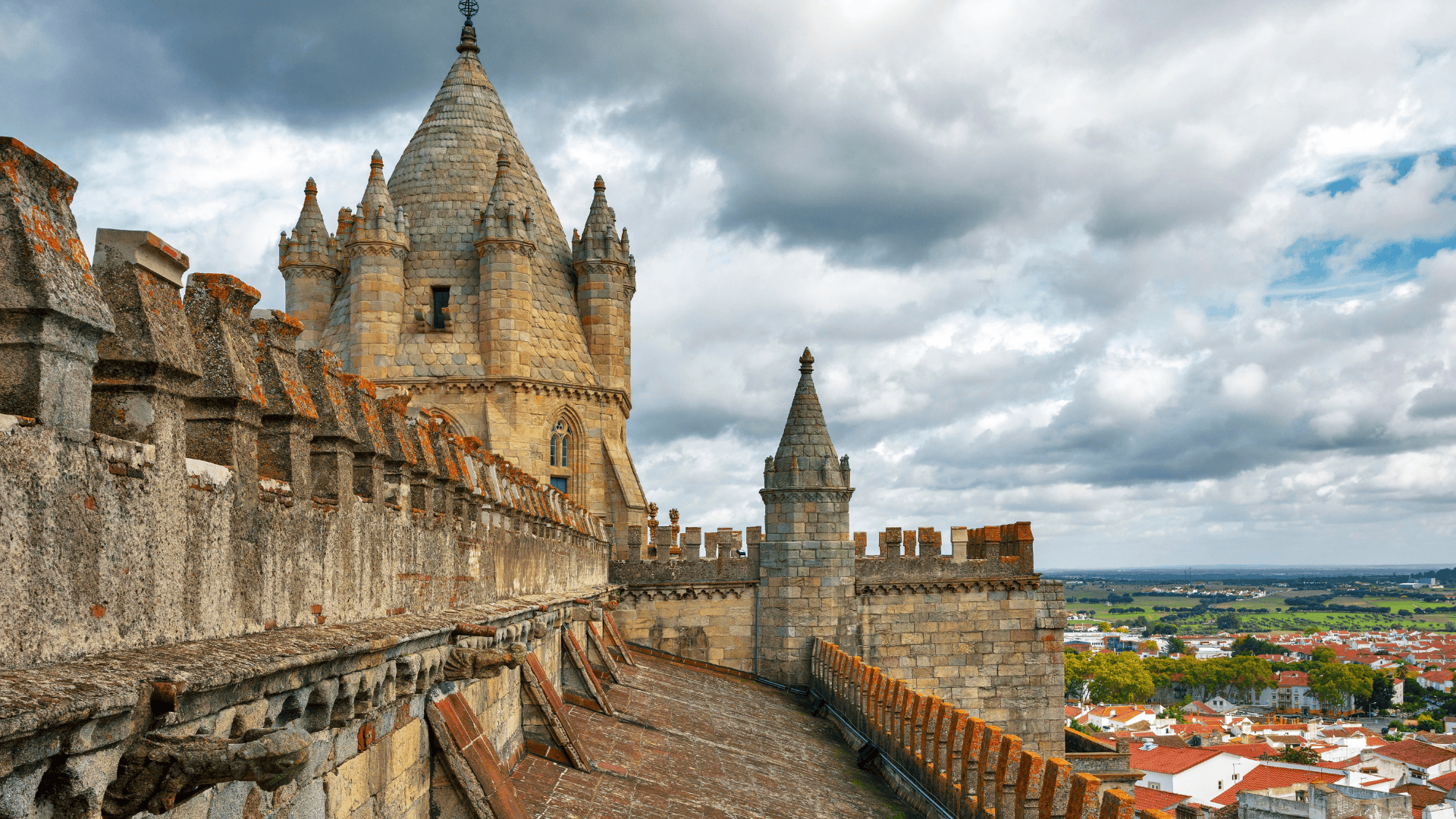 This breathtaking Portuguese monument is the country’s largest medieval
cathedral
This breathtaking Portuguese monument is the country’s largest medieval
cathedralAn immense cathedral dominates the city of Évora, in Portugal. Dating back to the 12th century, it is an architectural masterpiece combining Romanesque and Gothic styles. If you're unfamiliar wi…